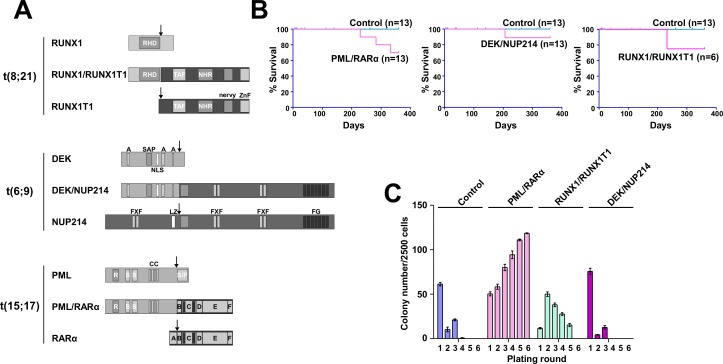Figure 1. Efficiency of leukemia induction and the replating capacity of murine HSPCs expressing the AAFPs.
(A) Modular organization of the fusion proteins and the translocation partners in t(15;17), t(8;21), and t(6;9). PML/RARα - PML: R - Ring domain; B - B-boxes: CC - coiled coil oligomerization interface. RARα: A - AF-1 transactivation domain; C - DNA binding domain; D - nuclear corepressor complex binding domain; E - nuclear localization signal; ligand binding domain, AF-2 transactivation domain, RXR interaction domain. RUNX1/RUNX1T1 - RUNX1: RHD - runt homology domain. RUNX1T1: TAF - TAF homology domain; HHR - hydrophobic heptad repeat; nervy - nervy homology domain; ZnF - zinc finger domain. DEK/NUP214 - DEK: A - acidic regions; SAP - scaffold attachment factor; NLS - nuclear localization signal. NUP214: FXF - repeat motifs; LZ - leucine zipper; FG - repeat motifs. Arrows: breakpoints in leukemia. (B) Sca1+/lin− BM cells were infected with retroviruses as described in reference [6]. At 5 hours post-infection, 5×104 cells/mouse were transplanted into sublethally irradiated mice to determine their leukemogenic potential. The survival curves show the frequency of ill mice that succumbed to disease within one year. The number of mice for each group is indicated. (C) Sca1+/lin− BM cells were retrovirally infected and plated in semi-solid medium to determine the serial replating potential. The colony number was counted on days 8–10. The cells were then harvested and serially replated. We show one representative experiment (+/−SD) of at least three performed experiments that were each conducted in triplicate.

